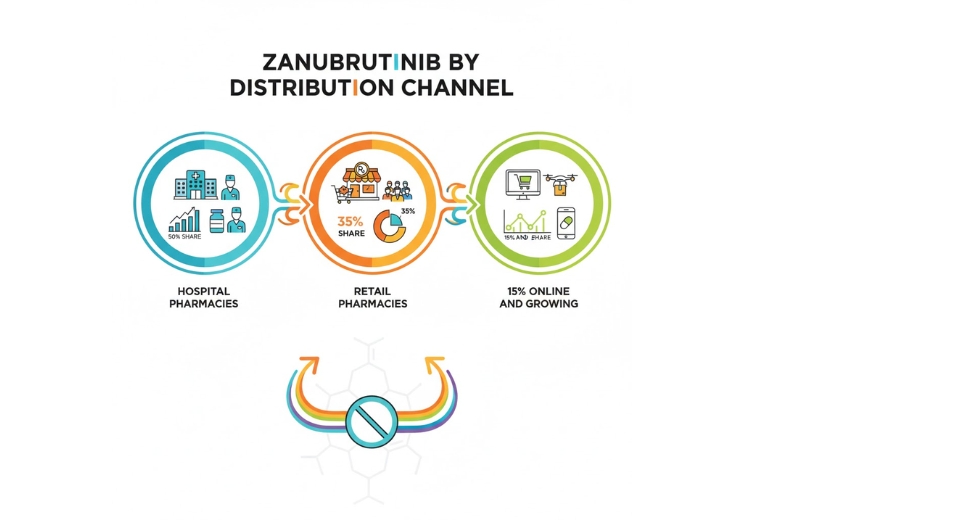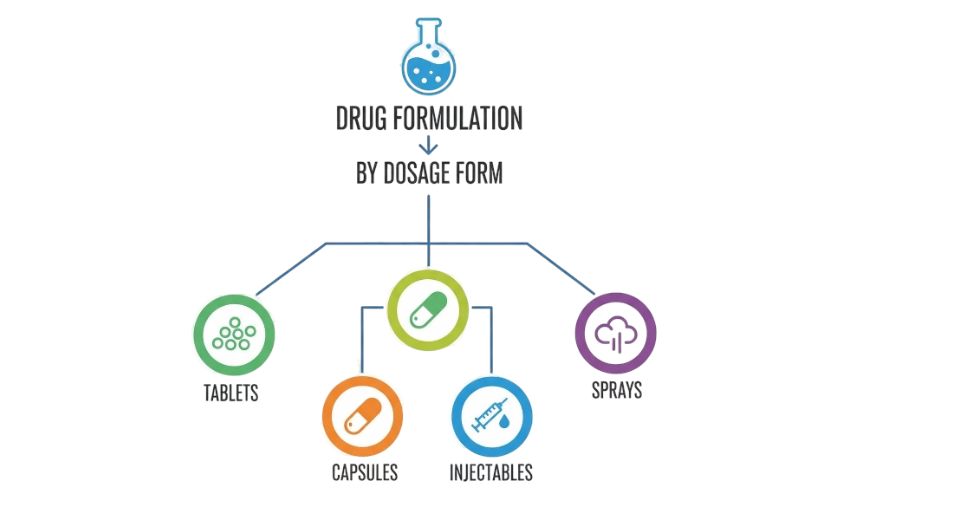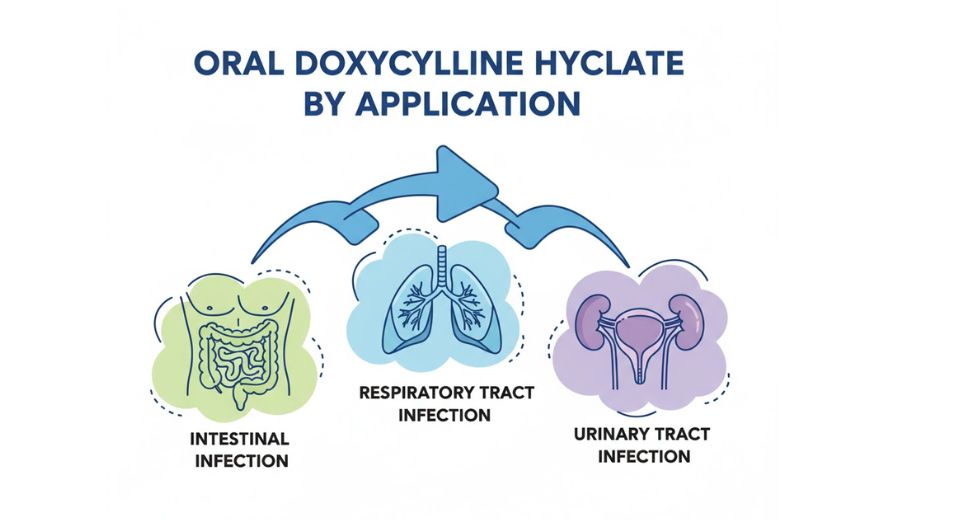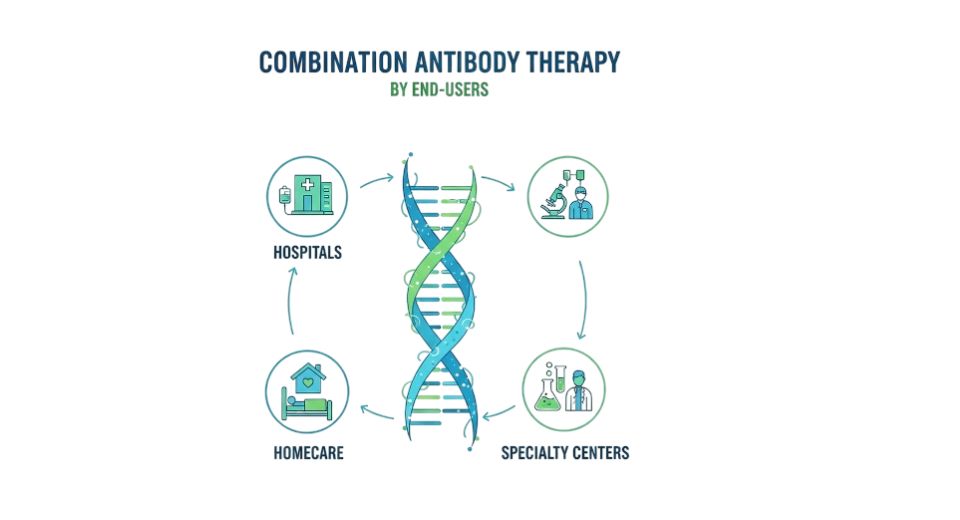Market Definition
Radiopharmaceuticals are a group of pharmaceutical drugs containing radioactive isotopes. Radiopharmaceuticals target specific organs, tissues, or cells within the human body. Radiopharmaceuticals drugs can be used for the diagnosis and for the therapy of diseases.
Global radiopharmaceuticals market is estimated to reach $XX billion by 2027, growing at a CAGR of 8.2% till 2027.
Market Dynamics
Rising prevalence and incidence of cancer and cardiovascular diseases is one of the major factor boosting the market growth. For instance, according to the World Health Organization (WHO), in 2018, around 18.1 million new cancer cases were diagnosed globally, and 9.6 million people died due to cancer. Worldwide, the total number of people alive with 5-year cancer prevalence is around 43.8 million. According to the American Cancer Society, in 2020, an estimate of new cancer cases and deaths accounts for 1.8 million new cancer cases and 606,520 cancer deaths in the United States. According to the Canadian Cancer Society, in 2020, an estimate of 225,800 new cancer cases was diagnosed and 83,300 cancer deaths in Canada. According to the World Health Organization (WHO), each year, more than 3.7 million new cancer cases are diagnosed, and 1.9 million people die from cancer in Europe. According to the World Health Organization (WHO), India accounts for 1.16 million new cancer cases in 2018. In 2018, around 752,000 new cancer cases were diagnosed, and 506,000 died due to cancer in sub-Saharan Africa. According to World Health Organization (WHO), Cardiovascular diseases (CVDs) are the number one cause of death globally, around 17.9 million people die due to cardiovascular diseases each year, an estimate of 31% of deaths globally. More than 75% of cardiovascular diseases deaths occur in lower and middle-income countries. Heart attack and stroke are the cause of 85% of CVD deaths globally. According to the American Heart Association, each year, 720,000 incidences of heart attacks is registered in the United States. In Europe, 3.9 million people die due to cardiovascular disease (CVD) each year. Further, increasing manufacturing facility for the development of radiopharmaceuticals is a key driving factor of the market. However, short half-life of radiopharmaceuticals might hamper the market growth. Moreover, increasing use of radiopharmaceuticals in neurological applications would provide lucrative opportunities for the market in coming years.
Market Segmentation
The global radiopharmaceuticals market is mainly classified based on type, application, and end user. Type is further segmented into Diagnostic Radiopharmaceuticals and Therapeutic Radiopharmaceuticals. By application the market is divided into Cardiology, Oncology, and Others. By end user the market is further divided into Hospitals, Diagnostic Centers, and Others.
Based on application, Oncology has shown significant growth in 2020, owing to the increasing commercialization of regulatory approved radiopharmaceuticals for oncology, collaboration between companies to develop and distribute radiopharmaceuticals for oncology, rising investment for the development of radiopharmaceuticals for oncology. For instance, the European Investment Bank (EIB) provides €40 million to ITM Isotopen Technologien München AG (ITM), a company dedicated to the development, production and global supply of innovative diagnostic and therapeutic radiopharmaceuticals for use in Precision Oncology. The company will use the funds for investments in research and development of a proprietary portfolio of Targeted Radionuclide Diagnostics and Therapies, for cancers such as neuroendocrine tumours and bone metastases.
Regional Analysis
Based on geography, the global radiopharmaceuticals market is divided into North America, Europe, Asia-Pacific, South America, and Middle East & Africa. North America is further divided in the U.S., Canada, and Mexico, whereas Europe consists of the UK, Germany, France, Italy, and Rest of Europe. Asia-Pacific is segmented into India, China, Japan, South Korea, and Rest of Asia-Pacific. The South America region includes Brazil, Argentina, and the Rest of South America, while the Middle East & Africa is categorized into GCC Countries, Egypt, South Africa, and Rest of Middle East & Africa.
North America was dominating the radiopharmaceuticals market in 2020 owing to the rising incidence of cancer and cardiovascular diseases, increasing regulatory approval of radiopharmaceuticals, and strategic partnership between companies to develop, and distribute radiopharmaceuticals in North American region. For instance, SOFIE Biosciences, Inc. (SOFIE), a radiopharmaceutical supplier and worldwide radiopharmaceutical contract manufacturing organization, and Jubilant Radiopharma has entered in a strategic partnership. Based on the partnership, enabling SOFIE to continue grow production capacity, advance its theranostic pipeline, and support novel PET diagnostic manufacturing and distribution within the United States.
Competitive landscape
Key players operating in the radiopharmaceuticals industry include GE Healthcare, Curium Pharma, Cardinal Health, Bracco Imaging, Nordion Inc., Advanced Accelerator Applications, Novartis AG, BWX Technologies, Inc., IRE ELiT, and Isotope JSC.
Rising investment by the companies to develop radiopharmaceuticals, increasing clinical studies by the companies for radiopharmaceuticals, commercialization of new advanced radiopharmaceuticals, collaboration between companies to supply radiopharmaceuticals to expand their presence, and increasing regulatory approval of radiopharmaceuticals are some of the strategies adopted by the major companies. For instance, on January 27, 2020, Jubilant Radiopharma, the Radiopharmaceutical Division of Jubilant Pharma Ltd, has received approval from Health Canada for Drax Exametazine. Drax Exametazime is a radiopharmaceutical used in nuclear medicine to help doctors locate infection in a patient when a source of the infection cannot be accurately identified.
Radiopharmaceuticals Market Key Segments:
By Type
- Diagnostic Radiopharmaceuticals
- Therapeutic Radiopharmaceuticals
By Application
- Cardiology
- Oncology
- Others
By End User
- Hospitals
- Diagnostic Centers
- Others
Key Global Radiopharmaceuticals Industry Players
- GE Healthcare
- Curium Pharma
- Cardinal Health
- Bracco Imaging
- Nordion Inc.
- Advanced Accelerator Applications
- Novartis AG
- BWX Technologies, Inc.
- IRE ELiT
- Isotope JSC
What Report Provides
- Full in-depth analysis of the parent Industry
- Important changes in market and its dynamics
- Segmentation details of the market
- Former, on-going, and projected market analysis in terms of volume and value
- Assessment of niche industry developments
- Market share analysis
- Key strategies of major players
- Emerging segments and regional growth potential








 US: +1 3023308252
US: +1 3023308252






